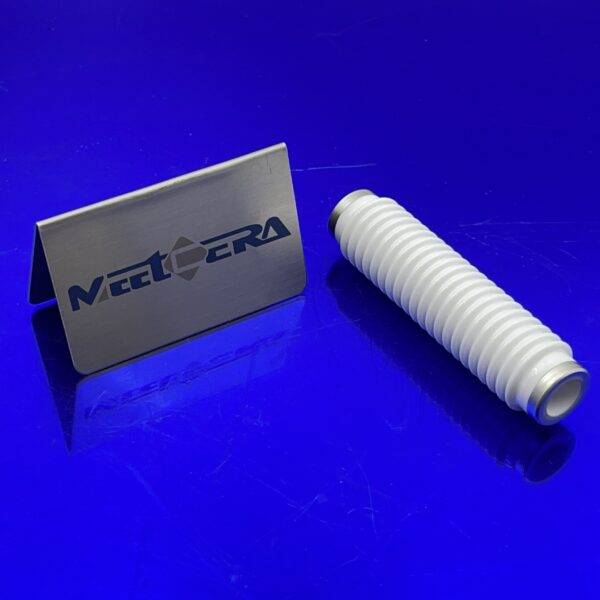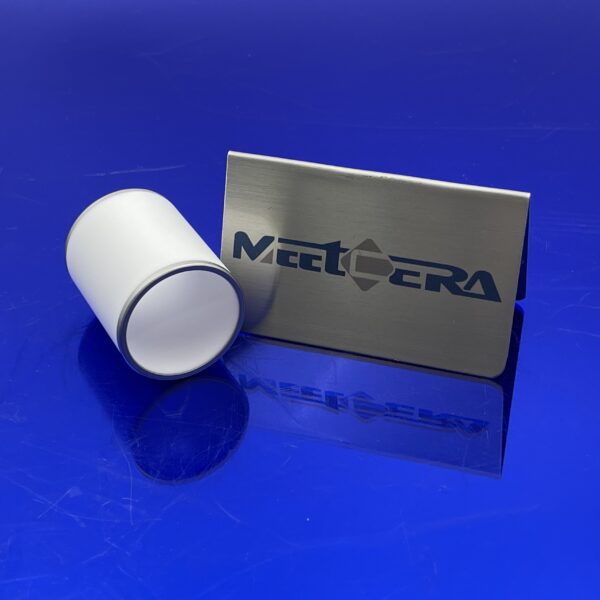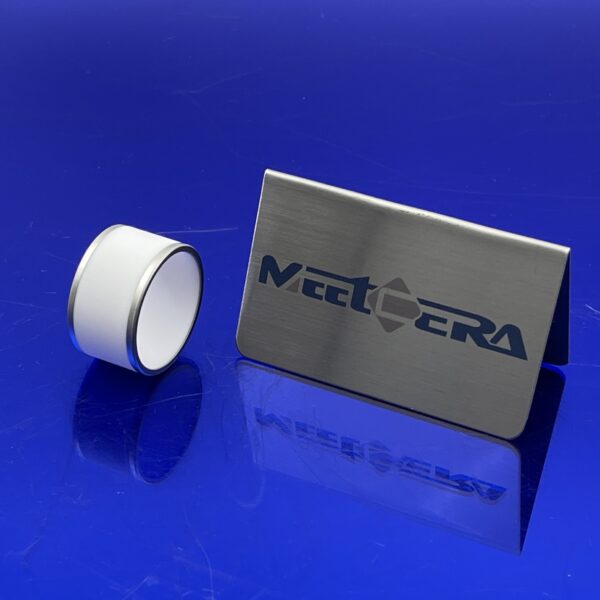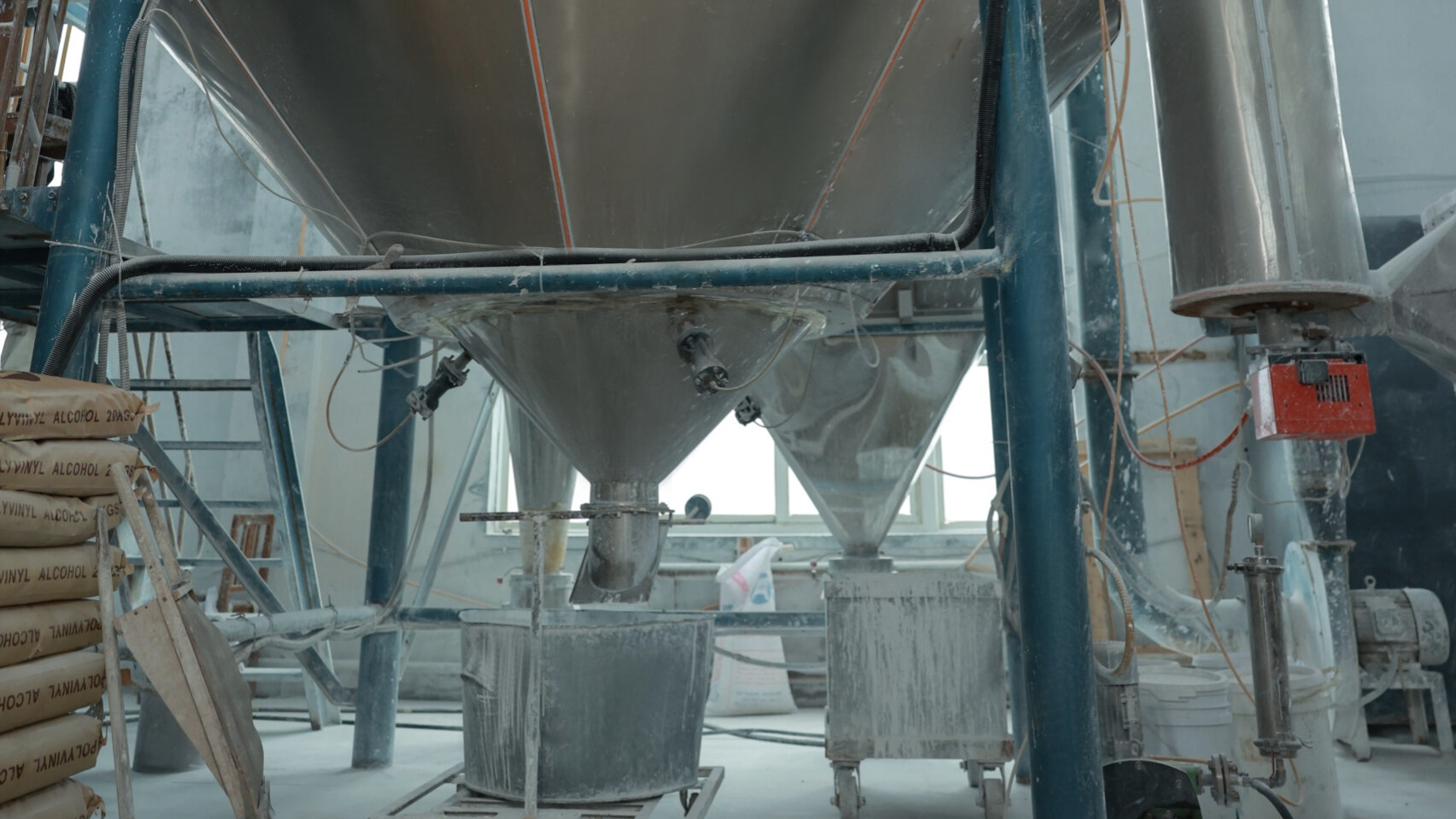What are the Excellent Properties of Alumina Ceramics?
Alumina ceramics are widely recognized for their exceptional properties, making them essential materials in various industries. These properties include high hardness, excellent wear resistance, superior chemical inertness, high-temperature stability, and good electrical insulation. These characteristics enable alumina ceramics to perform reliably in demanding applications across electronics, medicine, aerospace, and more. Let's explore these properties in detail. This will highlight why alumina ceramics are an excellent choice for many challenging uses.
How Hard are Alumina Ceramics?
Hardness is a crucial property for many applications. How hard are alumina ceramics compared to other materials? What makes them so resistant to scratching and abrasion?
Understanding the hardness of alumina is key. It determines its ability to withstand wear. High hardness is essential for cutting tools and wear-resistant parts1.
Alumina ceramics exhibit exceptional hardness, generally ranking very high on the Mohs scale, typically between 8 and 9. This places them among the hardest known materials, second only to diamonds and some cubic boron nitride compounds. This extreme hardness translates directly into remarkable resistance to wear, scratching, and abrasion. Alumina components can withstand prolonged exposure to abrasive media and high-stress conditions without significant surface damage. This makes them ideal for applications such as cutting tools, grinding media, and wear-resistant coatings in harsh industrial environments.
How Resistant are Alumina Ceramics to Wear?
Wear resistance is vital for components exposed to friction. How well do alumina ceramics withstand wear over time? What makes them suitable for high-wear applications?
High wear resistance prolongs the lifespan of components. It reduces maintenance. Mining, manufacturing, and aerospace greatly benefit.
Alumina ceramics demonstrate superior wear resistance compared to many other materials due to their inherent hardness, strong interatomic bonding, and resistance to plastic deformation. They can withstand prolonged exposure to abrasive conditions, such as sliding contact, impact, and erosion, without significant material loss or degradation. This property makes them ideal for applications where components are subjected to high levels of mechanical stress and friction, such as bearings, seals, pump components, and wear plates in mining equipment. The exceptional wear resistance of alumina extends the service life of critical components, reduces downtime, and lowers maintenance costs.
How Chemically Inert are Alumina Ceramics?
Chemical inertness is essential in corrosive environments. How well do alumina ceramics resist chemical attack? Why are they used in chemical processing2 and biomedical applications?
Resistance to chemical corrosion ensures long-term reliability. It also prevents contamination. Applications in chemical and medical fields greatly benefit.
Alumina ceramics are highly chemically inert, meaning they exhibit minimal reactivity and resistance to degradation when exposed to a wide range of corrosive chemicals, including strong acids, bases, organic solvents, and oxidizing agents. This chemical stability makes them suitable for use in aggressive chemical environments, such as chemical processing plants, reactors, and pipelines, where they can withstand prolonged exposure to harsh substances without significant corrosion or leaching. Additionally, the biocompatibility and chemical inertness of alumina make it an excellent material for biomedical implants3, such as hip and knee replacements, where it must remain stable and non-toxic in contact with bodily fluids and tissues for extended periods.
How Stable are Alumina Ceramics at High Temperatures?
High-temperature stability is critical for demanding applications. How well do alumina ceramics maintain their properties at high temperatures? Why are they used in furnaces and aerospace?
Maintaining structural integrity at high temperatures is crucial for safety. Alumina's stability enables use in extreme heat conditions. Furnaces and aerospace applications rely on this.
Alumina ceramics exhibit exceptional thermal stability, retaining their mechanical strength, hardness, and chemical resistance at elevated temperatures. They can withstand prolonged exposure to operating temperatures up to 1000°C or higher, depending on the specific grade of alumina and the applied stress, without significant degradation, deformation, or creep. This high-temperature stability makes them indispensable in applications such as furnace linings, heating elements, heat shields, and aerospace components, where other materials may lose their strength or melt. The consistent performance of alumina at high temperatures ensures the reliability and safety of these critical systems.
How Good are Alumina Ceramics as Electrical Insulators?
Electrical insulation is essential in electronic devices. How well do alumina ceramics prevent electrical current flow? Why are they used in electronics and high-voltage applications?
Preventing electrical current leakage is crucial for safety. Alumina's insulation ensures reliable performance. Electronics and power systems depend on it.
Alumina ceramics are excellent electrical insulators, possessing high dielectric strength4 (typically around 15-35 kV/mm) and low electrical conductivity (typically less than 10^-12 S/m). They effectively prevent the flow of electrical current, even under high voltage conditions, making them ideal for use in electronic substrates, insulators in high-voltage power lines, spark plugs, and other electrical components. This excellent insulating capability ensures the reliable and safe operation of electrical devices, prevents short circuits, and minimizes energy losses due to current leakage.
-
Learn about the applications of alumina in reducing maintenance costs and downtime. ↩
-
Understand the importance of chemical stability in harsh processing conditions. ↩
-
Discover how alumina's properties ensure safety and longevity in medical applications. ↩
-
Find out how dielectric strength ensures safe operation in high-voltage applications. ↩









No comment